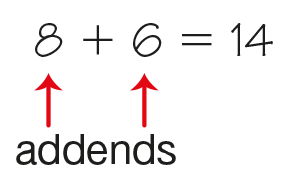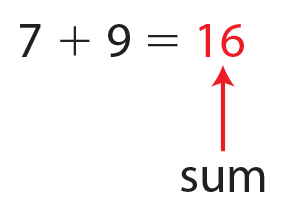Students are introduced to basic multiplication concepts. They place tiles in groups of 2, 3, 4, 5, and 6, write repeated addition number sentences, investigate the movements of constant math hoppers, and represent even numbers as the sum of two equal addends.
Content in this Lesson
- Determining whether a group of objects has an odd or even number of members (e.g., by pairing objects or counting them by 2s) [E1].
- Representing multiplication problems using tiles, drawings, number lines, and rectangular arrays [E2].
- Writing a number sentence to express an even number as a sum of two equal addends [E6].
- Solving multiplication problems using strategies (e.g., skip counting, repeated addition) with tiles, drawings, number lines, rectangular arrays, and number sentences [E7].
Daily Practice and Problems A–D
A. Triangle Flash Cards: Group D Subtraction Facts
Assessment in this Lesson
| ASSESSMENT | EXPECTATION ASSESSED |
|---|---|
|
Equal Groups Student Activity Book Pages 593–594 |
|
|
DPP Item A Triangle Flash Cards: Group D Subtraction Facts Teacher Guide - digital |
|
|
DPP Item D Subtraction Strategies Teacher Guide - digital |
|

















